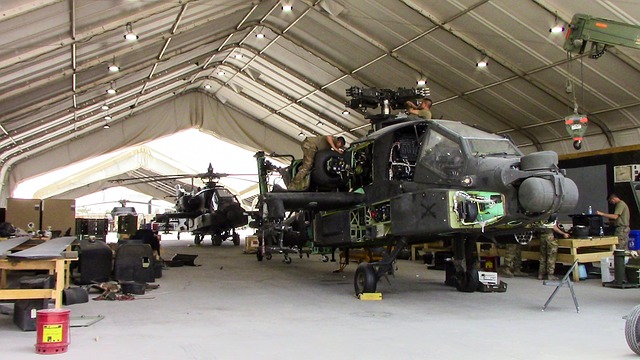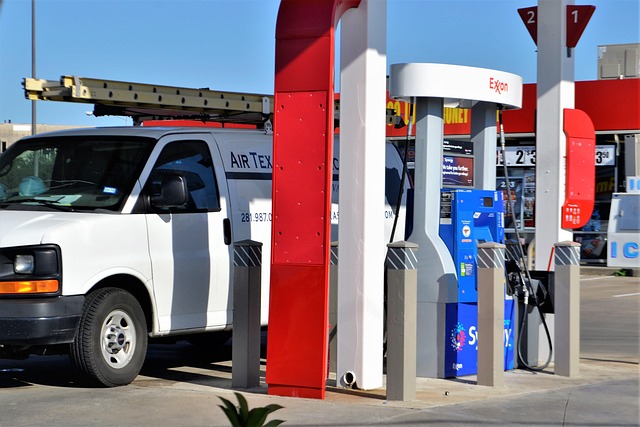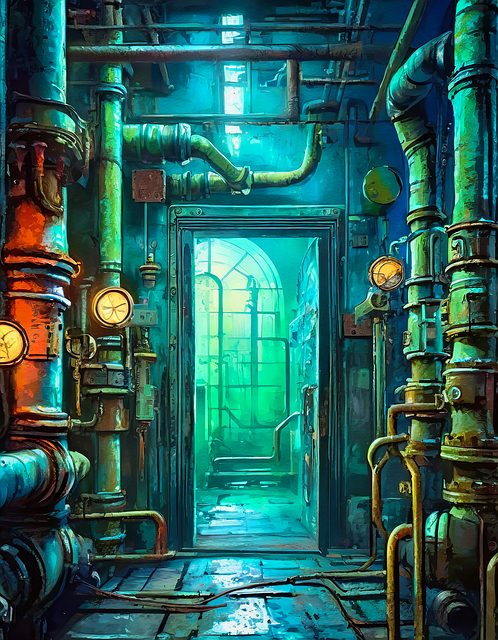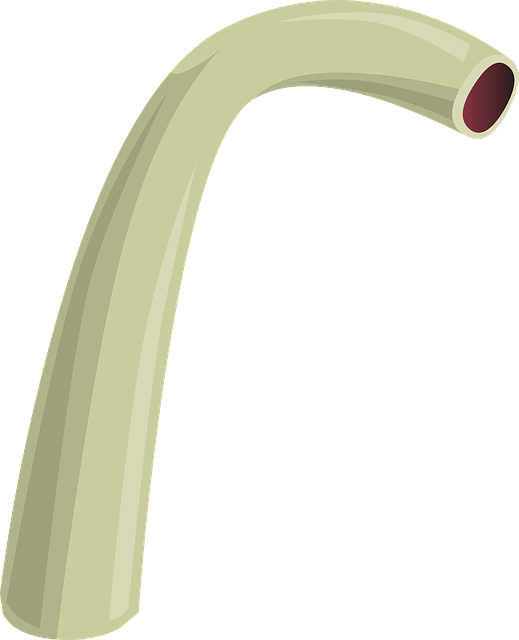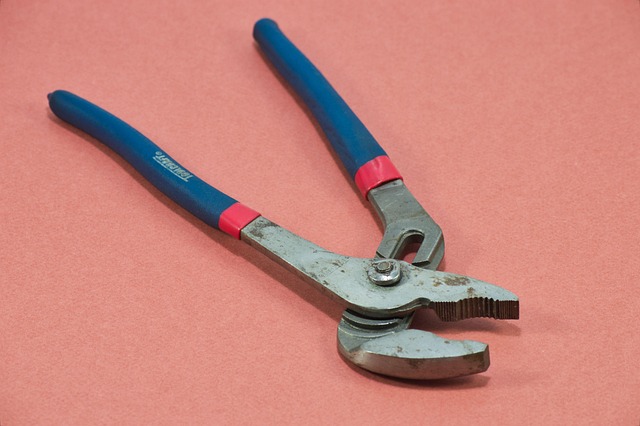Mold, a silent health hazard, thrives in dark, damp spaces, often unnoticed until severe issues arise. Regular leak detection inspections are crucial to prevent mold growth, as even minor leaks or high humidity can foster its development. Once established, mold removal is difficult. Advanced leak detection techniques using sensors, thermal imaging, and GPR identify hidden moisture problems early. Prompt action, specialized expertise, and addressing underlying moisture issues through leak repairs, better ventilation, and regular cleaning prevent future mold growth.
Inspections often reveal hidden mold issues, a silent health hazard lurking in homes and buildings. Understanding mold’s insidious nature is crucial for identifying its common hiding spots, such as dark, damp corners. Advanced leak detection techniques play a vital role in uncovering sources of moisture, enabling prompt addressing. Post-inspection, preventing mold growth requires targeted strategies to ensure a healthy environment. Stay informed about these processes, especially when prioritizing leak detection to mitigate potential risks.
- Understanding Mold: The Silent Invader
- Common Areas Where Mold Hides
- Advanced Leak Detection Techniques
- Preventing Mold Growth After Inspections
Understanding Mold: The Silent Invader

Mold, often referred to as the silent invader, is a common yet insidious problem that can go unnoticed until it becomes a serious health hazard. This microscopic organism thrives in dark, damp environments, making it particularly adept at hiding in hidden corners of homes and buildings. It’s not just unsightly; mold exposure can trigger allergies, respiratory issues, and even neurological problems for sensitive individuals.
Regular inspections, especially those focusing on leak detection, are crucial in identifying and mitigating mold growth early. Even minor water leaks or high humidity levels can create the perfect breeding ground for mold, allowing it to spread rapidly beneath surfaces. Prompt action is key; once established, mold can be difficult to eradicate completely, often requiring specialized equipment and expertise to address effectively and prevent future recurrence.
Common Areas Where Mold Hides
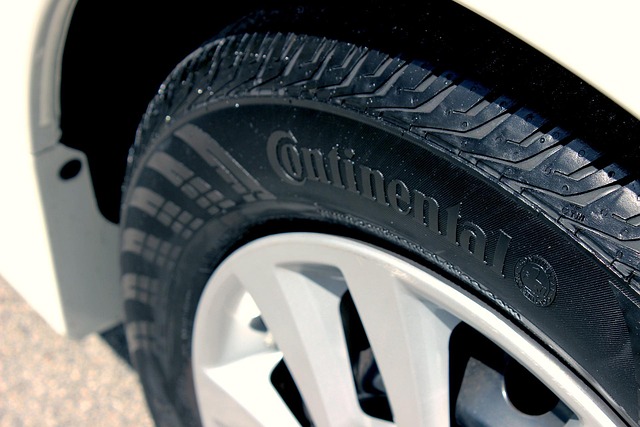
Mold often thrives in hidden corners, away from immediate sight. It can lurk behind walls, under floors, and inside ceilings—places where moisture collects and air circulation is limited. Kitchens and bathrooms are common hotspots due to high humidity levels, but mold can also flourish in less obvious areas like crawl spaces, attics, and even within the structure of wooden frames. A leak detection system is crucial for identifying these hidden issues early on, as it can alert homeowners or property managers to potential problems before they become severe.
Regular inspections are essential to maintaining a healthy living environment, especially in regions with humid climates. By proactively searching for mold and addressing leaks promptly, you can prevent the growth of this unsightly and potentially harmful substance, ensuring peace of mind and the preservation of your property’s value.
Advanced Leak Detection Techniques

In today’s digital era, advanced leak detection techniques have revolutionized the way we uncover hidden mold issues during inspections. These innovative methods go beyond traditional visual inspections by employing sophisticated technology to pinpoint moisture problems that may be concealed behind walls, under floors, or within intricate building structures. By integrating sensors, thermal imaging cameras, and ground-penetrating radar (GPR), professionals can detect even the tiniest leaks, allowing for prompt remediation before mold thrives.
Such advanced leak detection techniques not only enhance the accuracy of inspections but also streamline the overall process. This is particularly crucial in bustling metropolises where labyrinthine buildings often hide remnants of water damage that could foster mold growth. By leveraging these cutting-edge tools, professionals can ensure thorough assessments, protect building integrity, and preserve the health and well-being of folks living or working within affected spaces.
Preventing Mold Growth After Inspections
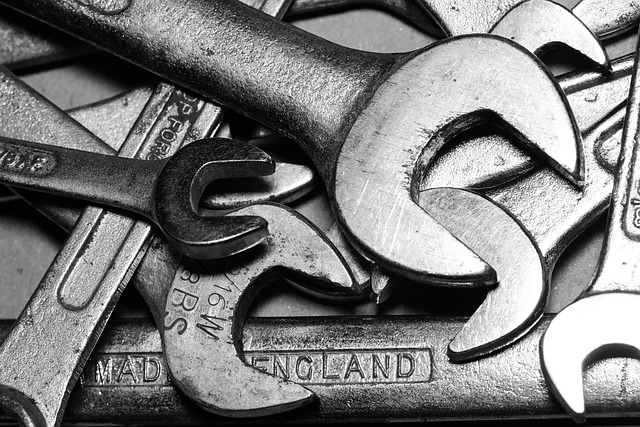
After inspections reveal hidden mold issues, preventing future growth is paramount. The first step in this process involves identifying and addressing any underlying moisture problems. This may include fixing leaks from pipes, appliances, or roofing, ensuring proper ventilation in areas prone to condensation, and implementing strategies to reduce humidity levels indoors. Regular monitoring of these areas with tools like leak detectors can help catch potential issues early.
Additionally, maintaining a clean and dry environment is crucial for mold prevention. Regular cleaning routines, especially in kitchens and bathrooms, should include scrubbing surfaces and mopping floors to eliminate mold spores. Ensuring good air circulation by keeping windows open and using air purifiers can further mitigate the risk of mold growth. Promptly addressing any new leaks or moisture intrusions discovered during inspections will contribute to a healthier, mold-free living space.
